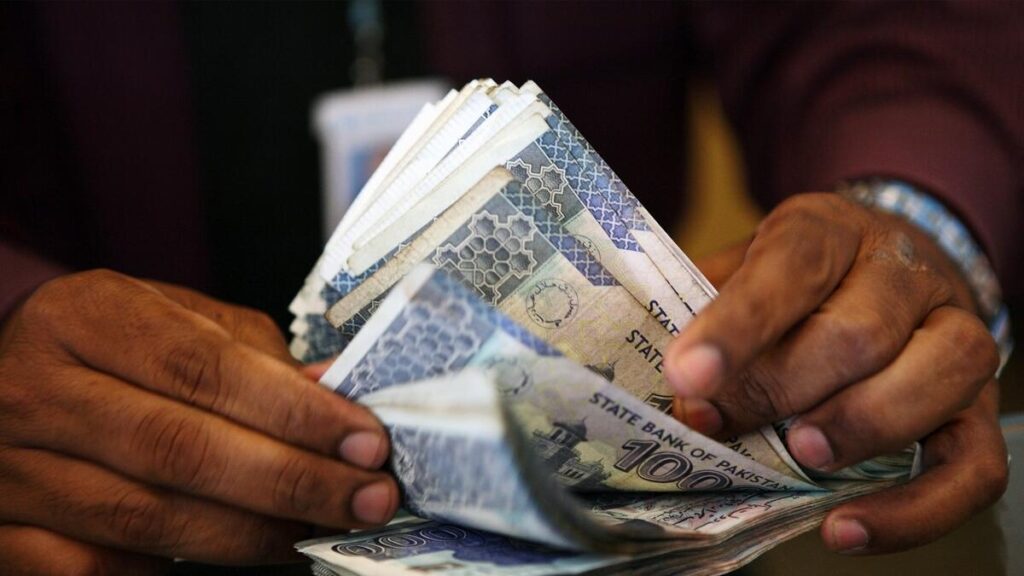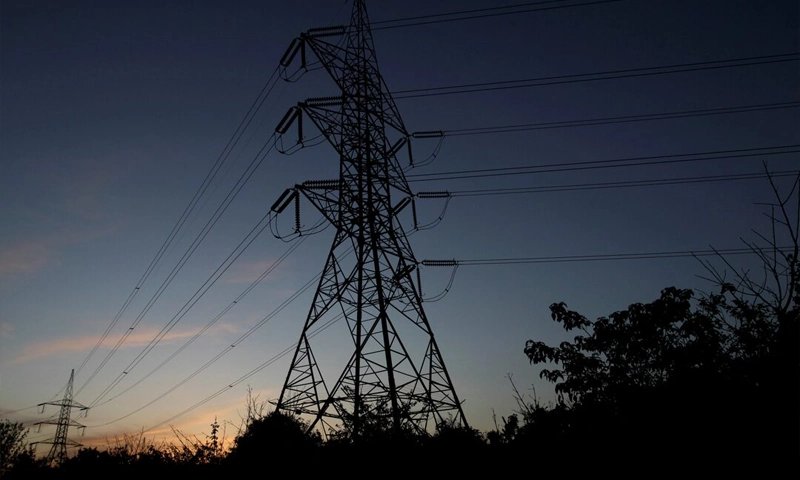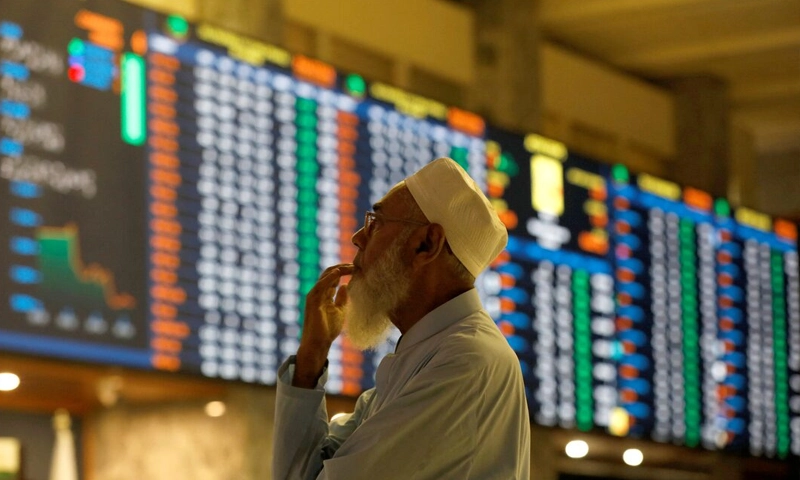- Web Desk
- 46 Minutes ago

Pakistani rupee faces pressure as IMF review looms
-

- Web Desk
- Nov 12, 2023

KARACHI: As the International Monetary Fund (IMF) conducts its first review of Pakistan’s $3 billion loan program, the Pakistani rupee is anticipated to experience ongoing strain against the US dollar until the review’s conclusion, analysts said.
This week witnessed the rupee depreciating by Rs 2 or 0.60 percent against the dollar, closing at Rs 287.03 on Friday, with the foreign exchange market observing a public holiday on Thursday.
Will petrol price increase in Pakistan following global market?
The IMF’s review, initiated on November 2, is set to conclude by December 15, determining the fate of the second tranche of $700 million scheduled for disbursement in December. The first instalment of $1.2 billion was received in July under the standby arrangement.
Analysts suggest that the rupee will continue to face pressure until the completion of the IMF review, with expectations that it will not trade above Rs 290 in the interbank market. Tresmark noted in a client note that the government might utilize the IMF approval, once secured, to bolster the rupee towards the 280 level.
Export proceeds dwindling and the State Bank of Pakistan (SBP) purchasing dollars to enhance reserves for meeting IMF requirements contribute to the rupee’s stress. Forward premiums for one, two, and three-month periods have risen to 315, 500, and 725 paisa, respectively.
The IMF has expressed concern over the rapid devaluation of the currency and sought information on the government’s stabilisation plans.
Bank deposits grew by 18 percent
In a related update, during October 2023, bank deposits in Pakistan surged to Rs 26.398 trillion, marking an 18 percent increase from the previous year, as per data released by the State Bank of Pakistan (SBP). This significant rise was fueled by savers capitalising on the region’s highest interest rates.
PTI releases white paper on economic situation of past 20 months
While the year-on-year growth was substantial, deposits in the banking industry saw a marginal uptick of 0.3 percent, reaching Rs 26.318 trillion in September.
Analysts attribute this surge in deposits to various factors, prominently the expectation of higher interest rates, motivating individuals to keep their funds within bank accounts. Additionally, the growth in remittances from overseas workers and the rapid expansion of branches by certain banks played crucial roles in bolstering deposit figures.





